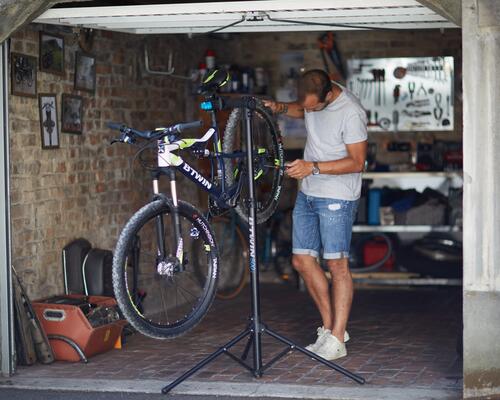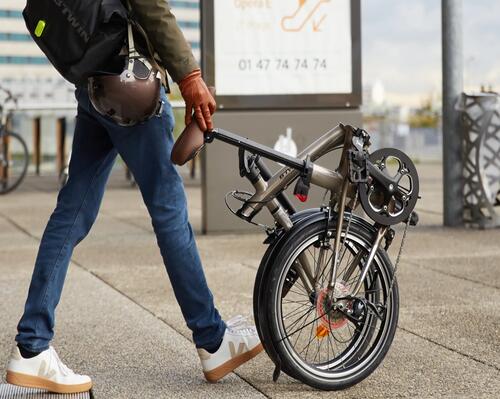Some tires are specific for wet conditions, with an eraser that offers more grip in the rain
- But it is not always easy to predict that you'll be riding in the rain and change tires for each shower
KEEP TYRES LESS INFLATED
- Less inflated, a tire or hose will have more contact with the ground and thus a better adhesion, this causes a slight loss of performance, but in turn, the grip will be much better
CLEANING
- After a wet road trip, remember to clean your tires with a rag to get rid of flints and foreign bodies. At the same time, wipe your chain and oil it to prevent rusting
GROUND HAZARDS
When it rains, many dangers on the ground are likely to reduce the adhesion.
- It will thus be necessary not to brake and not to incline the bike on:
- The white stripes
- Cobbles
- Manholes
- Dead leaves / branches
- Gas-oil stains on streets
Be careful in roundabouts, especially those near service stations.
- Drivers have filled their tank to the brim, it is not uncommon that when the car turns,
some diesel or gasoline escapes and remains on the ground, making it very slippery
- Fortunately, in rainy weather, the fuel stains show, causing characteristic iridescent reflections
BEWARE OF THE Rain
- It is not the heavy showers that are the most dangerous, but the small showers or drizzles, and this, from the first half-hour of rain.
The hydrocarbons absorbed by the first layer of macadam go back to the surface of the bitumen.
Less dense than water, they are driven from the thickness of the macadam and form an extremely slippery film, a mixture of dust, gum, hydrocarbons and water.
Hence, be careful of the road for preventing accidents





